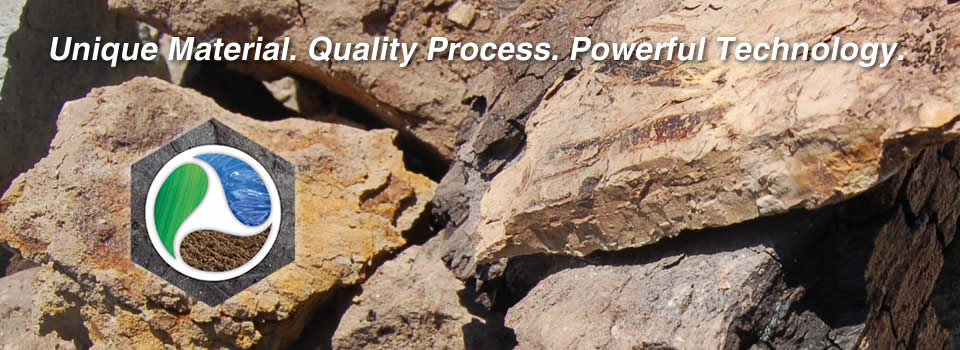Bio Huma Netics, Inc. products are manufactured with our exclusive, proprietary Micro Carbon Technology® which is our process of “complexing” small molecules containing carbon to nutrients. These ultra-fine molecules are excellent nutrient carriers that enable more efficient nutrient absorption. This Micro Carbon Technology® makes HUMA GRO® nutrients much more effective and efficient than any other nutrient sources on the market today, several times more efficient than granular fertilizers and a few times more efficient than the highest quality chelates. Additionally, they can be applied to the leaf as foliar feeds or put into the soil for quick root uptake, both with excellent results. This high efficiency rate and easy application allows you to improve your results while lowering your fertilizer inputs and can lead to a huge savings!
This unique combination of natural ingredients, ultra-fine molecules and processing techniques produces the most advanced plant and turf nutrition and specialty treatments available on the market today. Bio Huma Netics, Inc. expiration of domains product lines have a solution to address almost every need when it comes to helping your crops and turf & ornamentals grow to their potential and stay healthy. And, our Micro Carbon Technology® (MCT) in our Probiotic Solutions® line of environmental remediation products works just as efficiently to treat wastewater. In essence, MCT consistently delivers better results with lower input costs, leading to a better bottom line…naturally.
Related Posts

This Week in Ag #7
For most farmers, April means the start of planting season. It’s a lot like opening day for a baseball team: heavy planning, great excitement and anticipation, lots of optimism and more than a few watch outs. So when exactly do farmers start planting? While they all have a plan, Mother Nature usually has the final say. There is

From the Field: Journey of the Perfect Valentine’s Day Rose
Centuries before Saint Valentine was marrying couples in ancient Rome, legend says the red rose sprouted from the ground, watered by Aphrodite’s tears and her lover Adonis’ blood. Throughout the ages, the quintessential red rose has been a symbol of love, but have you wondered where it comes from? Most rose production is centralized in

This Week In Ag #103: Short-Term Pain, Long-Term Gain?
“There’s got to be a better way.” Those words were expressed to me last week at the World Ag Expo. I had just completed my presentation, “Breathe New Life into Your Soil”, when a nice lady and her husband approached me. She introduced herself as a multi-generational rancher who grows alfalfa and orchard grass for their


